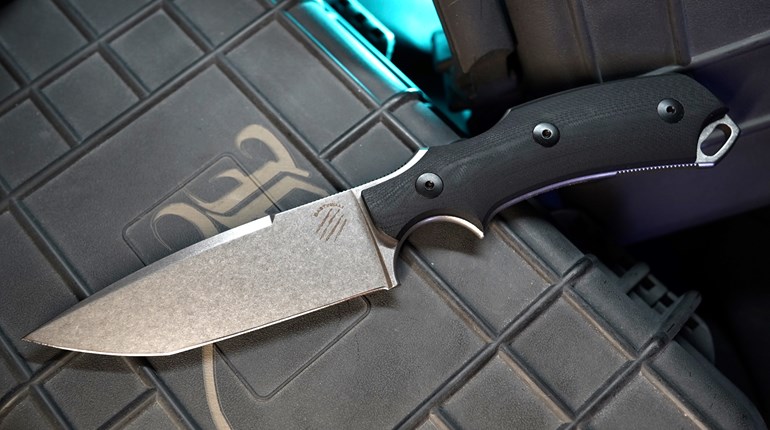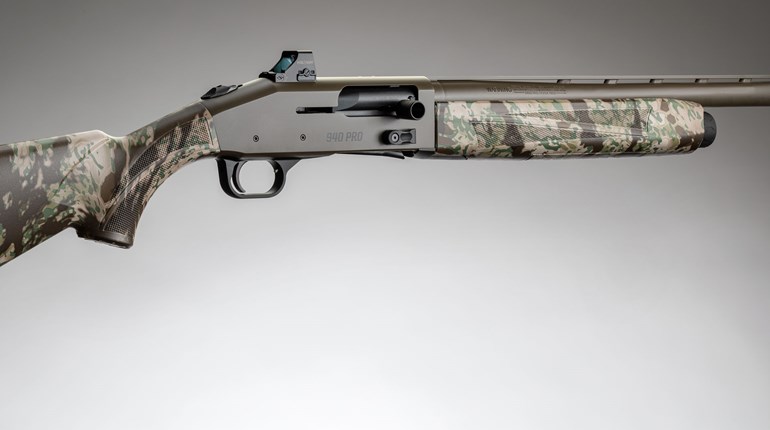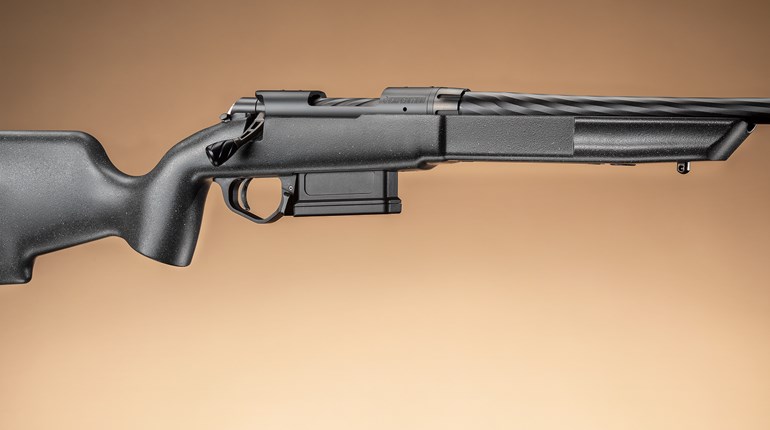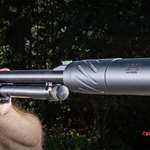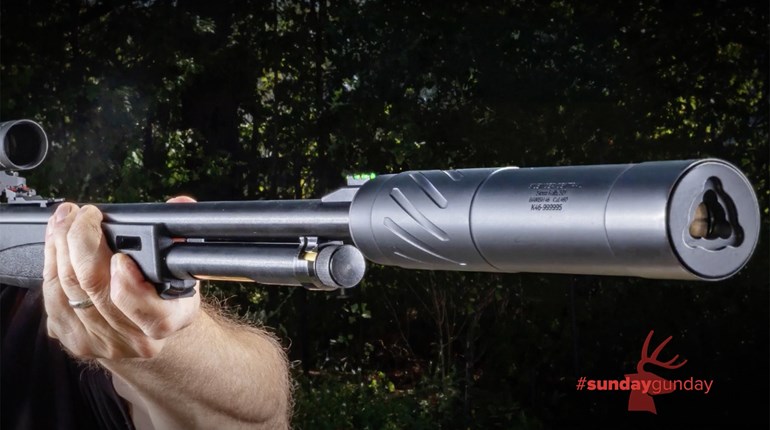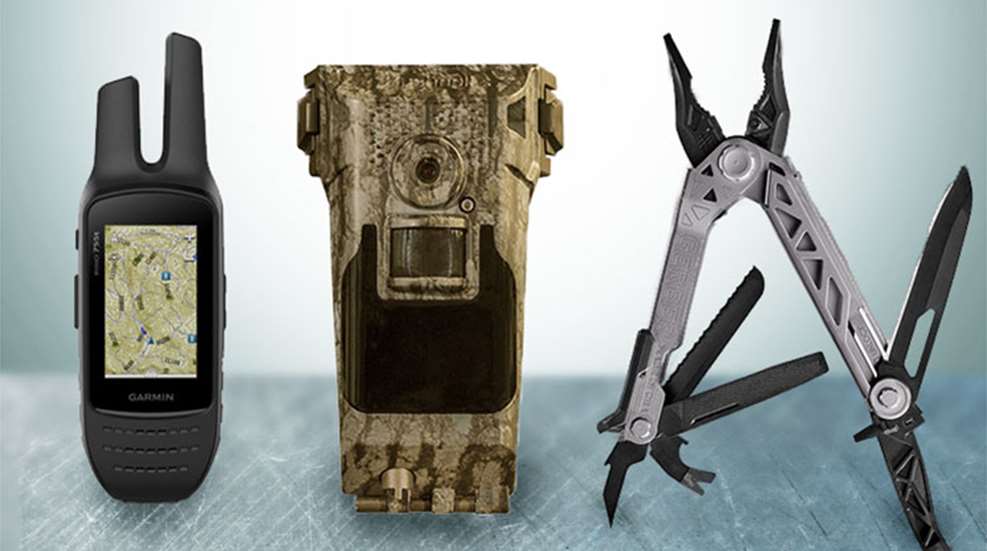
While hunters in general have too much gear these days, there are a few pieces of bonafide kit that most of us should carry at all times. Smart, quality gear can make your hunt safer, more successful and more enjoyable. Here’s my list of the top 10 pieces of hunting gear developed in last 50 years. (Obvious necessities like knives, guns, bows and trucks are excluded.)
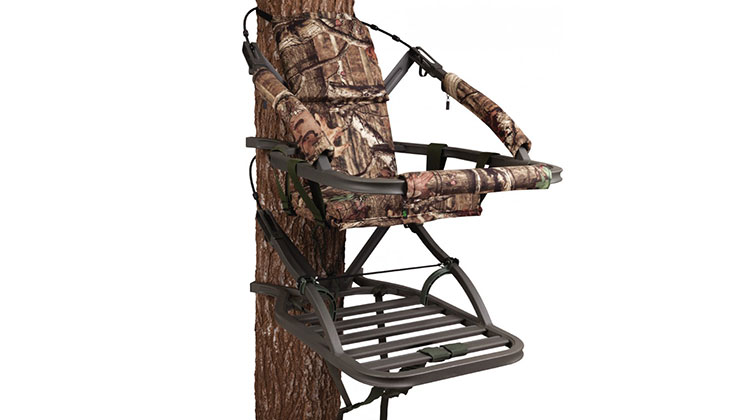
1. Climbing Treestand
The closest I’ve ever been to death came once when I climbed a tree on a rainy day in November and stood on a limb hoping to arrow a buck. When I shifted my weight, the limb broke, and I was only lucky that other limbs were there to break my fall. Now, climbing treestands are safe, prolific and they’ve changed the game for deer hunters. There’s no more shimmying up trees, wedging in a 2x4 for a place to sit and hoping you don’t die. Hunters now have the ability to put a climbing stand on their back, hike into the woods, find a tree with a long trunk and sit comfortably—and safely—all day long.
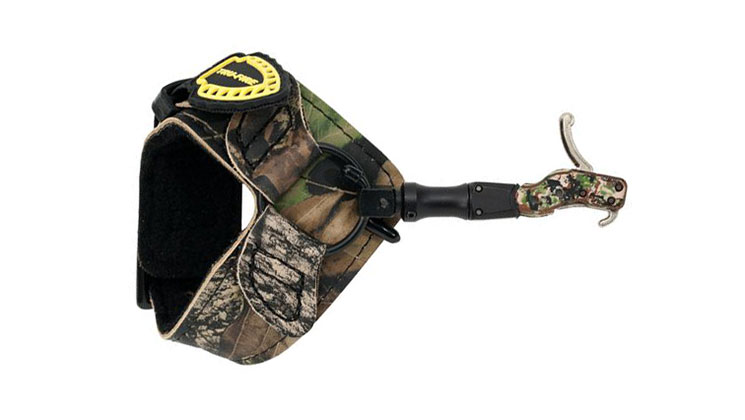
2. Mechanical Archery Release Aid
Shooting a bow used to be very difficult, and a big part of that had to do with the release technique. Using fingers to release a string requires strength, toughness, skill and consistency only gained through practice. While early release aids such as the thumb ring were invented centuries ago, it was only in the last 30 years that modern release aids have become prolific. They offer the shooter painless holding of the draw, a more consistent release, they reduce the chance of accidental dryfiring and they significantly reduce the amount of practice required to become proficient with a bow. Choose a release based on your style and its feel in your hand. And if you buy one, buy two exact models so if you lose one—and you will—you’ll have a backup.
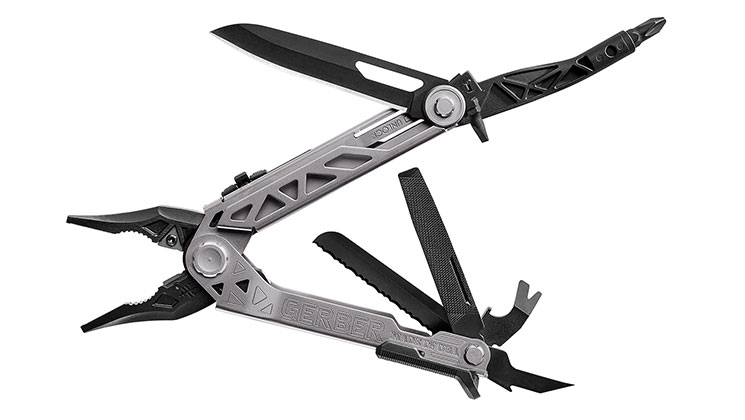
3. Multi-Tool
All-in-one tools have been around for ages, and the Swiss Army Knife is probably the best example. But in 1983, a hero by the name of Timothy Leatherman invented the PST (Pocket Survival Tool) that featured a pair of folding pliers along with other tools. By 2001, his company’s sales reached $100 million annually selling Leatherman multi-tools. It spurred an entire new industry. If I could only take one tool on a hunt other than my rifle or bow, a multi-tool would be choice numero uno. While the Leatherman brand is still very strong as well as SOG and others, I like some of the lockback models from Gerber, like its Center-Drive with Bit Set. It costs around $115 and is worth every penny—when you really need it.
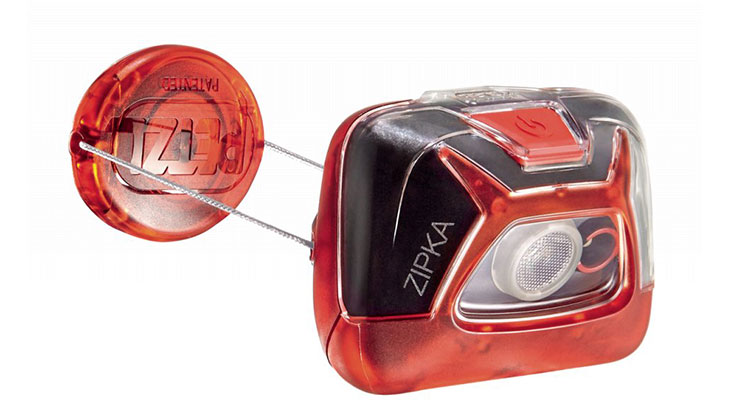
4. Headlamp
Flashlights have been around since the turn of the 20th century, and somewhere along the line, some redneck Thomas Edison-type strapped one to his head so it would shine a beam wherever he looked. This way, he could use his hands to do whatever it is he wants to do without having to hold the light. But it’s only in the last couple decades that headlamps have become extremely lightweight, operate with LED bulbs and smaller batteries, and so inexpensive that most hunters now own several of them. Whether you’re field dressing an animal, trying to find your treestand, fumbling for the lantern in the tent or trying to check the chili while drinking a beer, few hunters can dispute the headlamp’s usefulness to modern cavemen like us. I like Petzl’s new Zipka—it features a retractable headband, has a rechargeable battery and costs under $30.
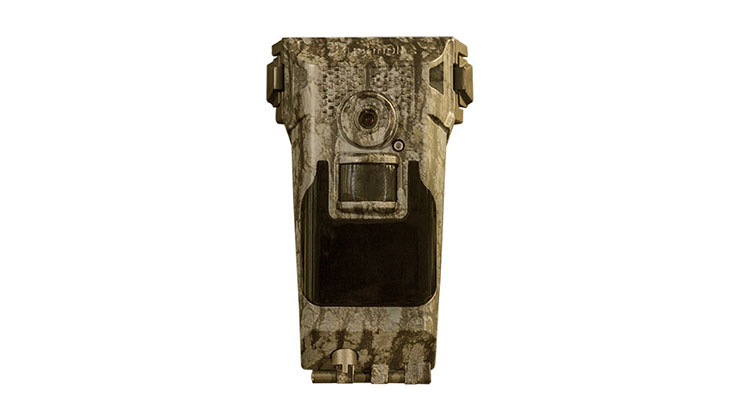
5. Trail Cameras
The concept of the trail camera has been around nearly as long as cameras. But it wasn’t until cameras were put into waterproof cases and infrared motion detectors were added to trip the shutter that hunters discovered their advantages. Trail cams allow hunters to spy on deer woods, viewing images as they sat on the couch. Then the digital age came along, allowing large amounts of images to be stored, viewed and saved or deleted without having to be developed like old film. These days, advanced circuitry allows batteries to last for months, and images are sent via cellular network directly to hunters’ smartphones. Certainly, trail cameras have revolutionized the way we hunt.
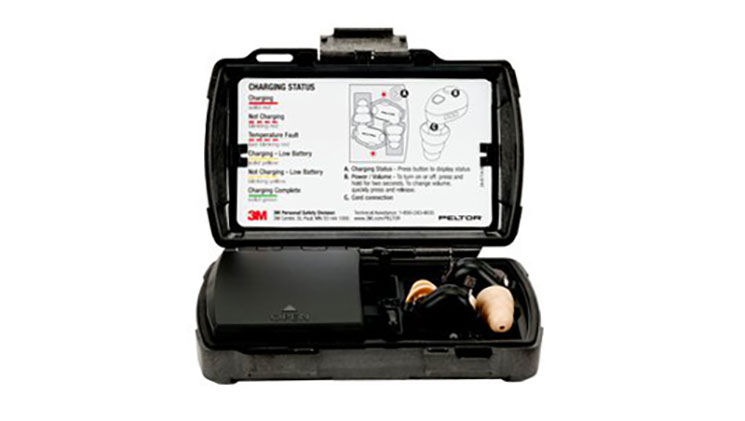
6. Electronic Hearing Protection
There’s a reason many older hunters and shooters say “Huh?” a lot. Many years of shooting has damaged their hearing. In the really old days, hunters didn’t know better, but in moderately old days, hunters were simply not willing to give up the sounds they love to hear—ducks zipping through the air, quail flushing, etc.—to perhaps prevent hearing loss. Then, electronic hearing protection was invented. Circuitry connected to a microchip recognizes dangerous noises and shuts down the circuit before the noise reaches the ear canal. At the same time, whispers and quiet noises are amplified. However, many hunters reject muffs because they are hot in the summer, bulky and may get in the way of a proper gun mount. Around the year 2000, smaller, in-the-ear electronic ear protection technology became more affordable. Now, modern hunters can hear all the sounds they love—and range commands—all while shooting their guns naturally and protecting their hearing. Peltor’s TEP-100 in-the-ear hearing protection is the best I’ve tried, and it’s still affordable at around $400. It comes with a waterproof case that keeps the devices charged via two AA batteries.

7. Variable-Power, Waterproof Riflescope
In days past, a rifle was only as good as the shooter’s vision. While there is no substitute for skill and shooting technique, there’s no doubt that magnified riflescopes have made hunters much more accurate at longer ranges and in dim light. Then, sometime in the 1940s, along came the variable-power telescope that allowed hunters to dial magnification up or down, depending on the situation. But it would be another 30 years or so until these variable-power scopes became reliable (and durable) enough that they gained mainstream acceptance. Today, hunters can buy a wonderfully accurate, reliable variable-power scope for just a couple hundred bucks. Top end units like Swarovski’s Z8i 1.7x-13.3-42mm can cost nearly $3,000. Buy one, any one, mount it to your rifle and be thankful that you’re not still fooling around with a buckhorn-and-bead when an elk steps into the clearing at 305 yards.
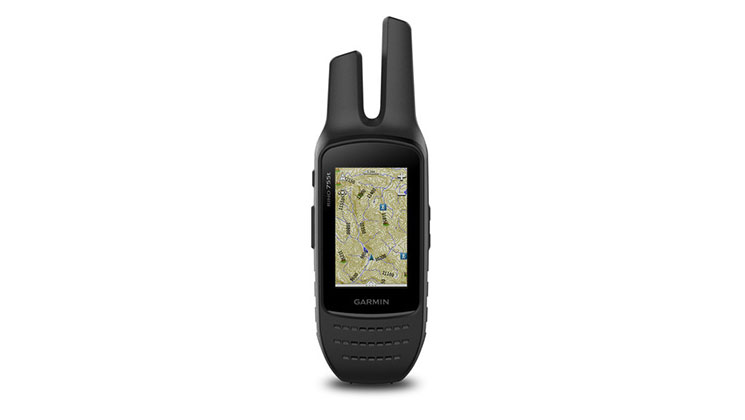
8. Handheld GPS
The personal Global Positioning System is certainly of the greatest pieces of hunting gear of all time in terms of sheer technology, but it’s also right up there with the chainsaw from a practical standpoint. For average deer hunters hunting the back 40, a GPS is overrated. But for backcountry and big-woods hunters, a GPS is an insurance policy. With a GPS, users always know where they are in the world and what direction they’re going, even if it’s pitch dark. If time was taken to mark waypoints, hunters can even see exactly how to find the truck—that is, if the GPS has fresh batteries, a clear view of the sky and he knows how to use it. Over the last 20 years, GPS units have become much more user-friendly (meaning easier for non-nerds to figure out), smaller, more accurate and more affordable. Just don’t become too dependent on one, because if you lose it, you’ll find yourself up Sheep creek. Garmin’s Rino series is my favorite because it's also a two-way radio. I like the Rino 755t model because you can load topo maps on it. It’s expensive at around $600, but I don’t go elk hunting without it.
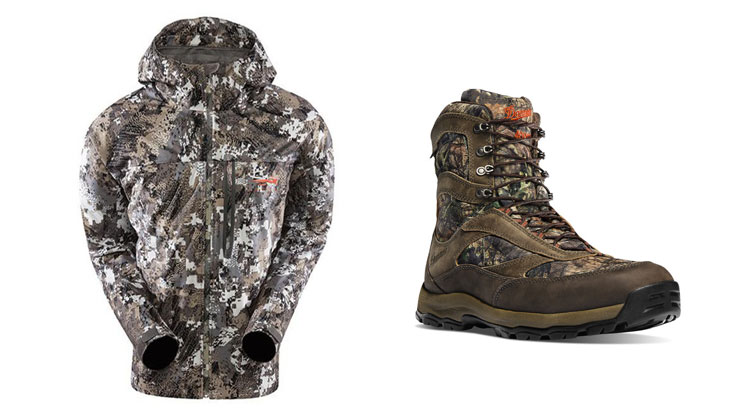
9. Gore-Tex Boots and Clothing
It’s difficult to hunt effectively when you’re wet, uncomfortable or dying of hypothermia. Yet, rubber waterproof clothing is not ideal—it traps sweat, and in turn, that sweat turns to water, the water makes you wet, and then it can freeze on your body. In 1969, Gore invented—somewhat by accident—an expanded polytetrafluoroethylene (ePTFE) tape that has 9 million pores per square inch. The holes are too small to let water molecules pass, but large enough to allow water vapor molecules (sweat) to pass. What resulted is a waterproof material that is breathable. In 1980, Gore began producing this material in a laminate that could be layered into clothing. It meant that as the body sweats, the resulting vapor is allowed to pass through the clothing, but rain cannot pass through to the wearer. That material was then sold to apparel companies who used it to line clothing and boots. It was nothing short of revolutionary when hunters could stay dry, quiet and comfortable all day, every day, regardless of the wet weather. Duck hunters let out a collective “Hallelujah!” While there are many knockoffs now, clothing that features the Gore-Tex hang tag are regarded as some of the best.
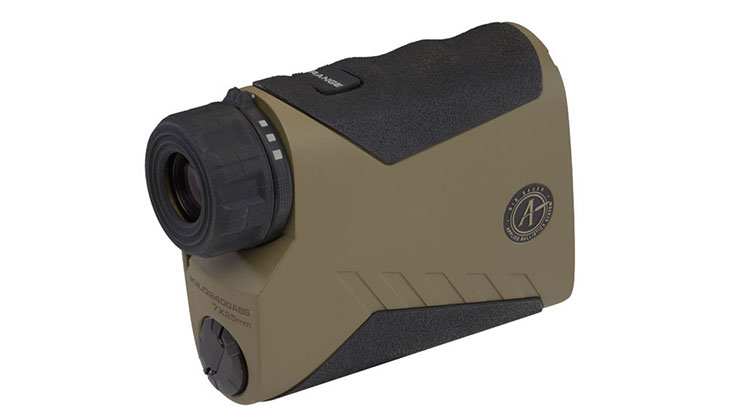
10. Laser Rangefinder
Just 20 years ago, hunters coveted a flat-shooting caliber rifle, so if they misjudged the range, they’d be less likely to miss. But after about 300 yards, even the best judges of distance make big mistakes, and if you think a deer is at 350 yards and it’s actually 400, you’re going to miss. These days, however, the most important variable—the range to the target—can be determined via a simple push of a button, thereby dramatically increasing the odds of making a successful long shot. For bowhunters, knowing the exact range is even more important. Laser rangefinding technology is right out of Star Trek: An invisible laser is fired from an electronic diode, it bounces off an object and then this returning light wave is detected by a receiver. The time it takes to reach the target and return is instantly computed and turned into a measurement that hunters can use to make a perfect shot. Buy one and keep it with you at all times. Right now, I like Sig Sauer’s Kilo2400ABS for its data gathering and long-range capabilities—if you have the money—and Nikon’s Monarch 3000 Stabilized because it features an image stabilization capability that makes it easier to range objects when adrenaline gives you the shakes—plus it’s affordable at around $400.












